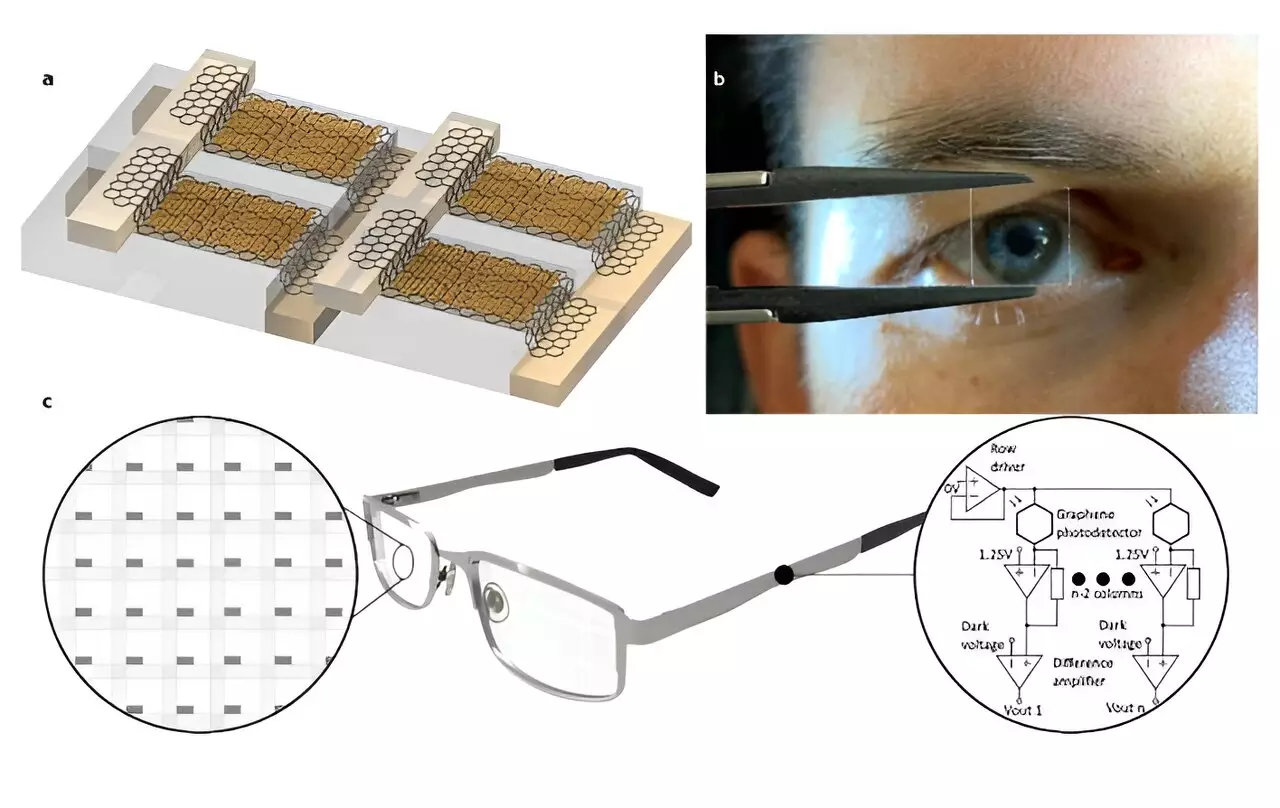In a breakthrough development, a team of engineers at The Barcelona Institute of Science and Technology’s ICFO–Institut de Ciències Fotòniques has introduced a revolutionary nearly transparent camera designed for eye tracking applications. This innovative camera has the potential to overcome the long-standing issue of obstructing the user’s view, thus opening up new possibilities for various fields such as virtual reality, automotive assistance, and advertising tracking.
The Technology Behind the Camera
The key to the camera’s transparency lies in the utilization of advanced technology by the research team in Spain. By combining small dots of lead sulfide with graphene sheets, they were able to create a photodetector capable of capturing eye movements. When photons strike the lead sulfide dots, they emit electrons that generate a current across the graphene layer. The use of these minuscule materials ensures that the camera remains nearly invisible to the human eye, allowing up to 95% of light to pass through it effortlessly.
Extensive testing of the nearly transparent camera showcased promising results. The camera exhibited a refresh rate of 400Hz, surpassing the requirements for producing reliable imagery. The researchers simulated eye tracking by projecting a small dark dot onto the photodetector and successfully tracked its movement in real-time. This groundbreaking technology opens up the possibility of integrating the camera into standard eyeglasses or contact lenses for seamless eye tracking applications.
Despite the remarkable achievements, the researchers acknowledged that further refinement is necessary before the camera can be widely implemented. One major limitation is the absence of a lens in the photodetector, restricting its functionality to projected images. Additionally, the processing of imagery and power supply for the processor pose significant challenges that need to be addressed for practical applications. As such, ongoing research and development efforts are crucial to enhance the camera’s capabilities and broaden its potential uses.
The creation of a nearly invisible camera for eye tracking purposes represents a significant leap forward in the realm of technology. By addressing the longstanding issue of obstructing the user’s view, this innovative camera opens doors to diverse applications across various industries. While there are hurdles to overcome, the future holds immense potential for leveraging this revolutionary technology in creating more immersive and efficient user experiences.



Leave a Reply